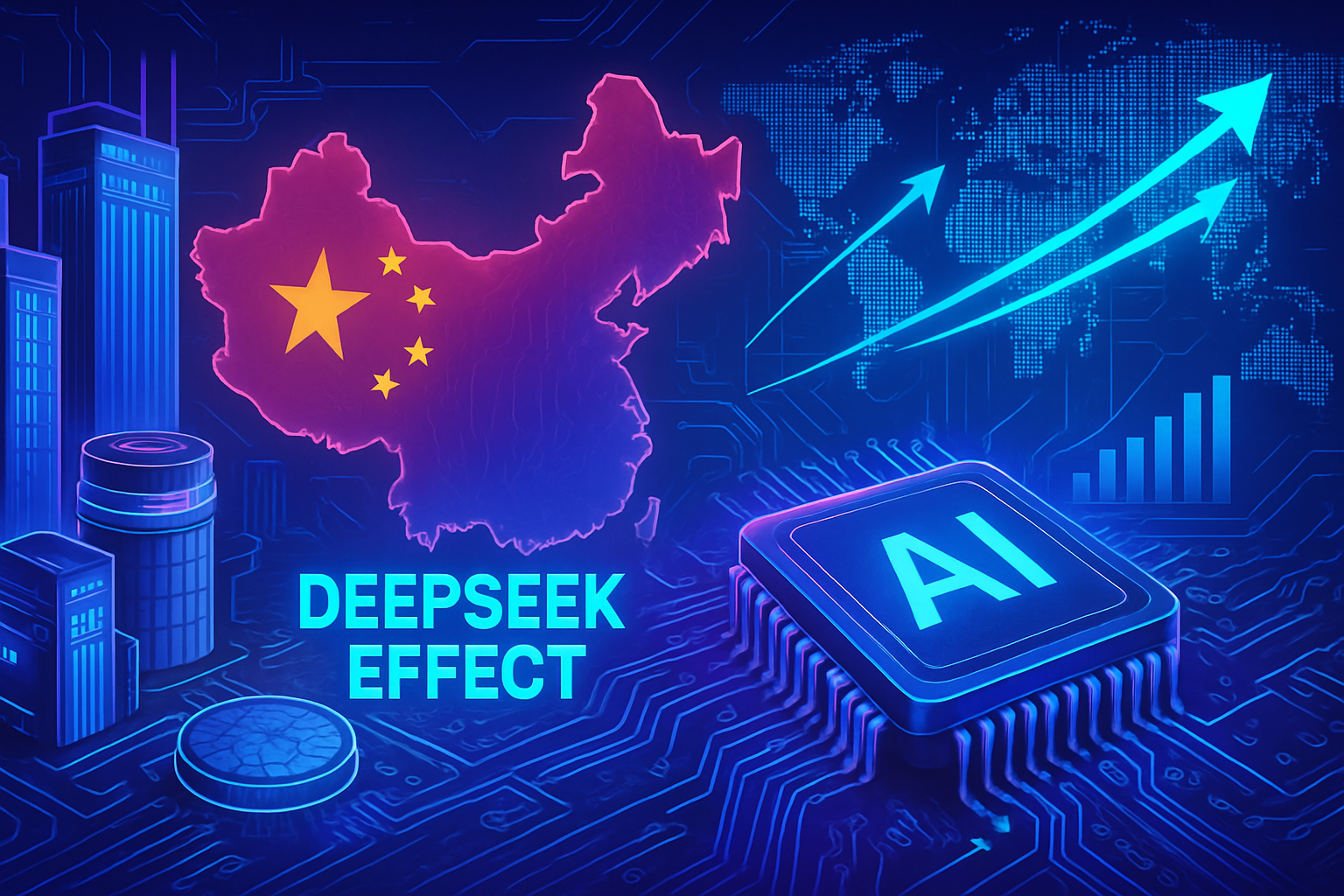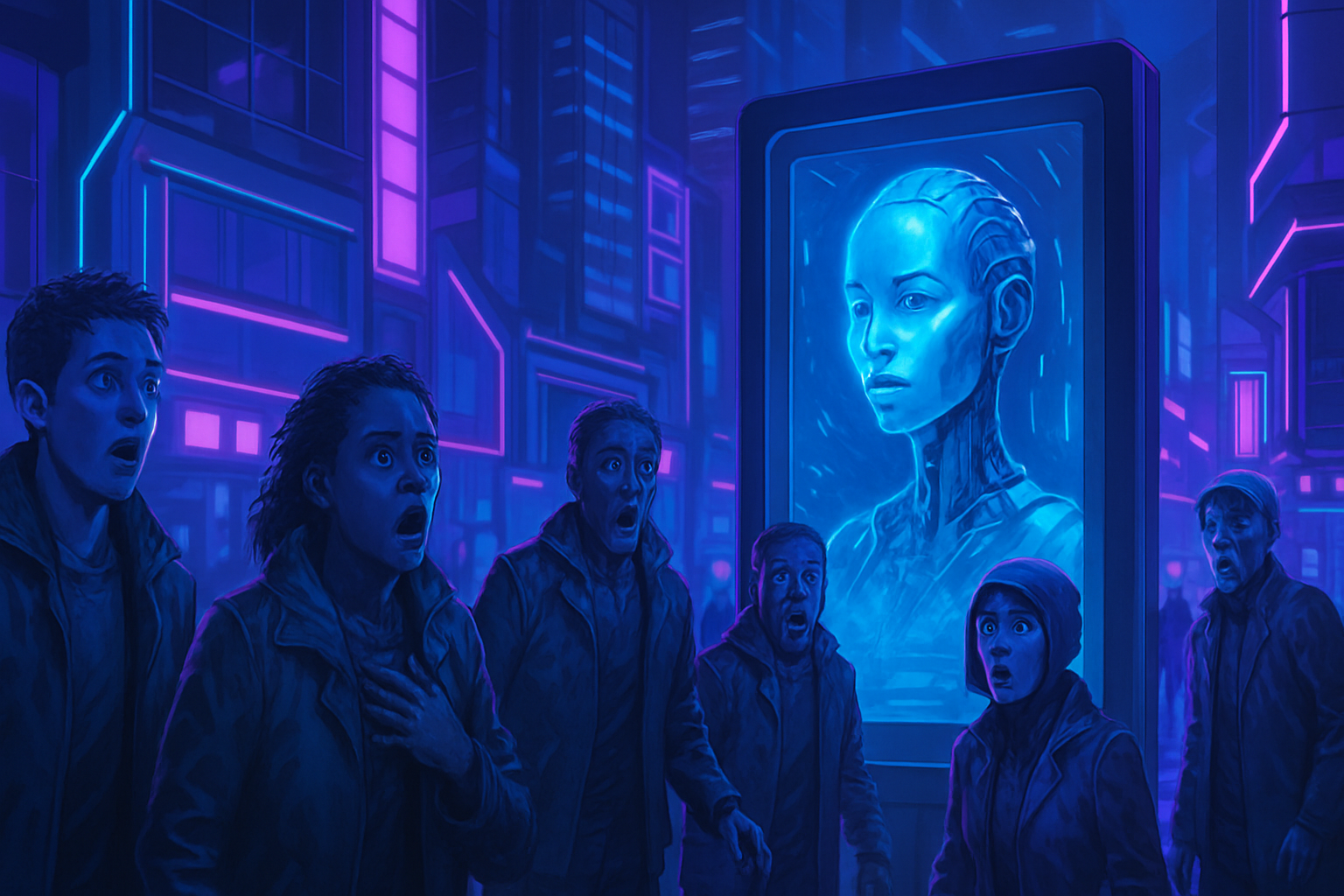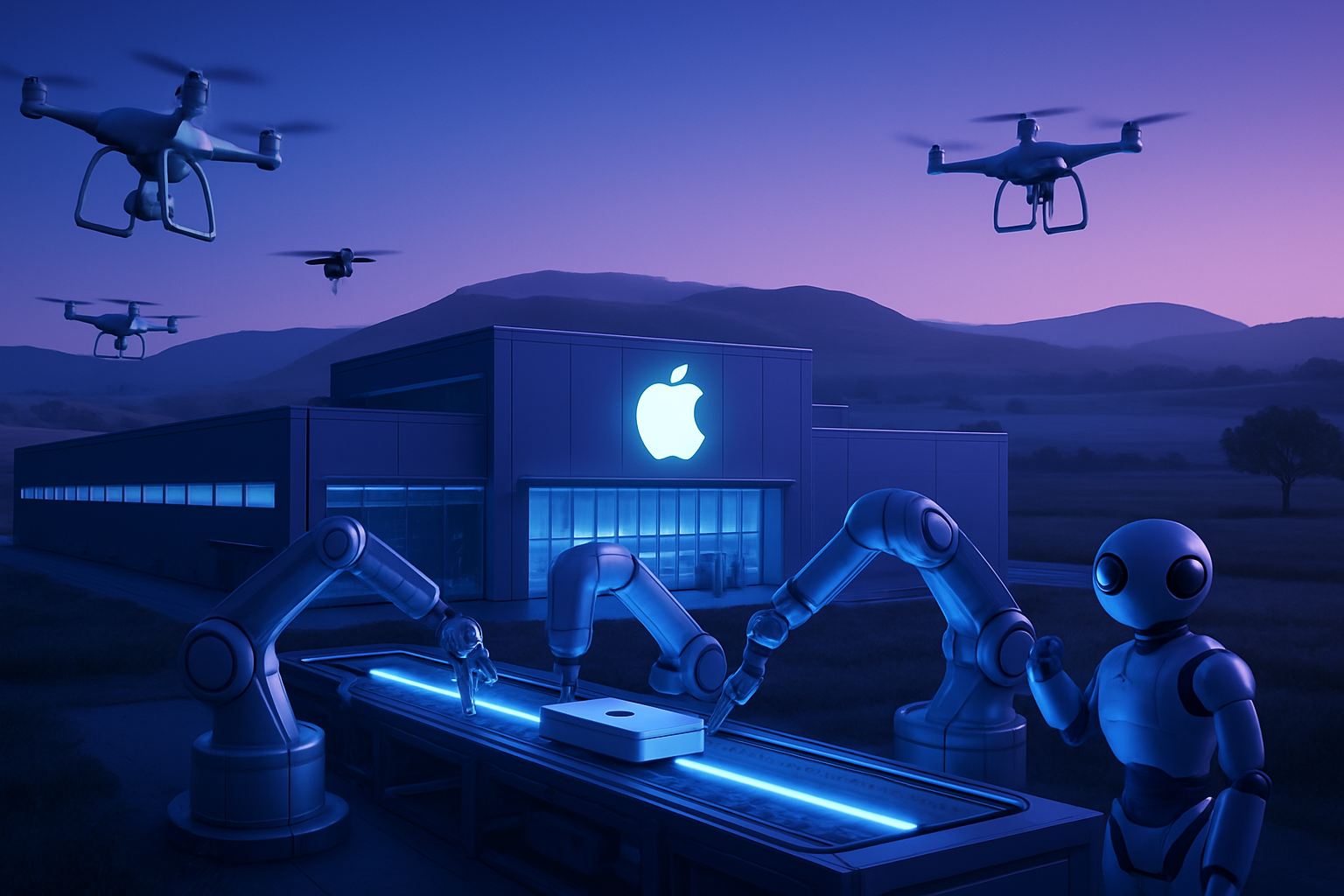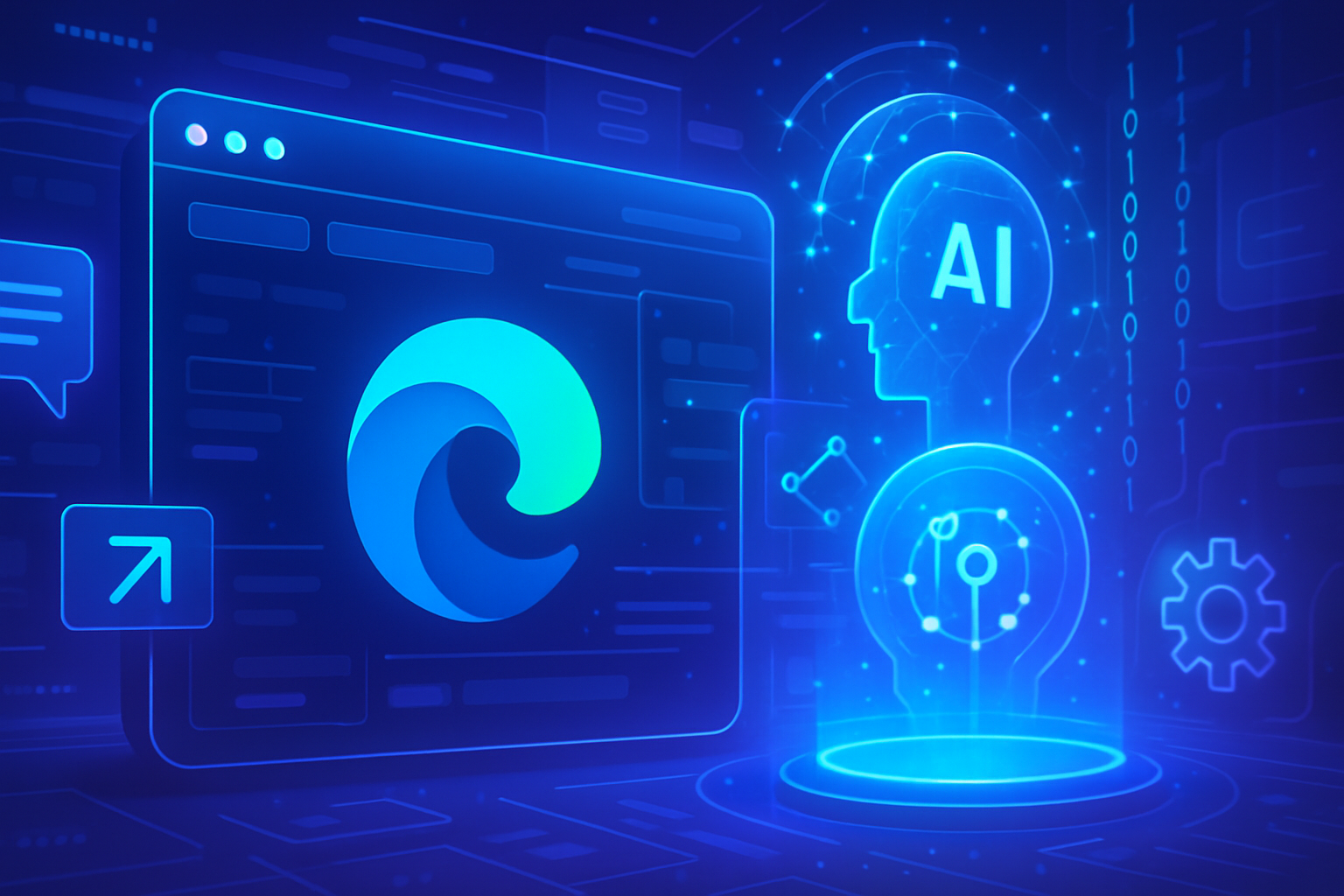The quest for technological supremacy between China and the United States intensifies contemporary geopolitical stakes. In response to the restrictions imposed by the West, the Chinese regime is making unprecedented efforts in the semiconductor and artificial intelligence sectors. This dynamic is embodied through the “DeepSeek effect,” a bold measure to catalyze innovation. China’s ambition to compete with American excellence raises questions about the future of smart technologies and the global implications of this competition.
Chinese Strategy in Response to American Restrictions
The Chinese government is intensifying its efforts to develop artificial intelligence (AI) and free itself from the restrictions imposed by the United States, especially those on Nvidia chips. This dynamic has fostered the emergence of the phenomenon referred to as the “DeepSeek effect.” This initiative aims to energize the Chinese technology sector and reduce the gap with the United States in terms of research and innovation.
Massive Investments in AI
China is not hesitating to invest heavily in AI, allocating colossal financial resources to support technology companies. This movement, fueled by a €46 billion investment in its AI infrastructure by Alibaba, positions the country on the path to a notable technological advance. Players such as Cambricon are becoming emblematic figures of this progress, hoping to compete with Nvidia in terms of performance and innovations.
Growth of the Semiconductor Sector
The semiconductor sector is a strategic priority for the Chinese government, which seeks to scale up in the face of American sanctions. Technology companies such as Huawei are preparing to compete with Nvidia’s H100 with their new AI chips. This determination is reflected in a wave of supply chain optimization, thereby strengthening China’s technological autonomy.
Impact on the Stock Market
American restrictions on semiconductor exports have resulted in a surge in the stock prices of Chinese companies. The valuation of Cambricon’s shares, for example, has seen a spectacular rise, making this company one of the best performers on the Shanghai stock exchange. Investor enthusiasm for these innovative companies illustrates a resurgence of confidence in the Chinese technology sector, despite regulatory challenges, as highlighted by the recent rise in stock market indicators.
The “DeepSeek Effect”: An Example of Resilience
The “DeepSeek effect” illustrates the new dynamic of the AI market, driven by innovations such as the AI conversational agent developed by the eponymous company. This model, considered competitive with ChatGPT, demonstrates China’s ability to generate local alternatives to dominant Western solutions. Since its launch, this advancement has generated considerable interest, leading to an increase in investments in the AI sector.
Geopolitical Stakes
Tensions between the United States and China over cutting-edge technologies are leading to a reconfiguration of international alliances. China is betting on its human and industrial potential to counter American efforts to restrain the delivery of AI chips. This situation exacerbates a technological competition where each country seeks to dominate the development of AI and semiconductors.
Conclusion: Observing the Future
The rapid development of AI in China, supported by bold government policies, marks a turning point in global competition. Chinese companies are now including innovation as a major lever to catalyze their growth. The intensification of these efforts could redefine the global technological landscape, with significant ramifications for the business sector and long-term investors.
Frequently Asked Questions about the DeepSeek Effect in China
What is the DeepSeek effect?
The DeepSeek effect refers to the positive impact generated by innovation in the artificial intelligence (AI) sector in China, realized through the development of competitive AI tools, such as a conversational agent comparable to ChatGPT, allowing China to catch up with the United States.
How does the DeepSeek effect influence the semiconductor market in China?
The DeepSeek effect stimulates demand for semiconductors specifically designed for AI, prompting Chinese companies to ramp up their research and development efforts in order to create competitive chips in the global market.
Why is China investing heavily in artificial intelligence?
China seeks to strengthen its position in the global market and reduce its dependence on American technologies, especially in the semiconductor field, by supporting the development of AI and related infrastructures.
What is the current situation of Chinese companies in the semiconductor sector?
Despite a general economic slowdown, some companies, like Cambricon, are experiencing strong growth and attracting investors due to their potential to compete with giants like Nvidia, bolstered by American restrictions on cutting-edge technology.
How could innovation in AI in China affect trade relations with the United States?
China’s rapid progress in AI could heighten trade tensions, as the United States may strengthen its restrictions and regulations on technology exports to China to protect its businesses and national security.
What are the stakes of the AI competition between China and the United States?
The stakes include global technological leadership, national security, as well as economic and strategic implications, as both countries seek to dominate the emerging sector of AI and related technologies.
How are Chinese investments in AI translating on the stock market?
Announcements of massive investments in AI, such as Alibaba’s €46 billion project, lead to a rise in the stock prices of AI-related companies, creating a favorable dynamic in Chinese stock markets.
What challenges does China need to overcome to catch up with the United States in AI?
China needs to overcome challenges such as access to the best technologies, developing a skilled workforce in AI, as well as the necessity for international cooperation in an increasingly competitive environment.






